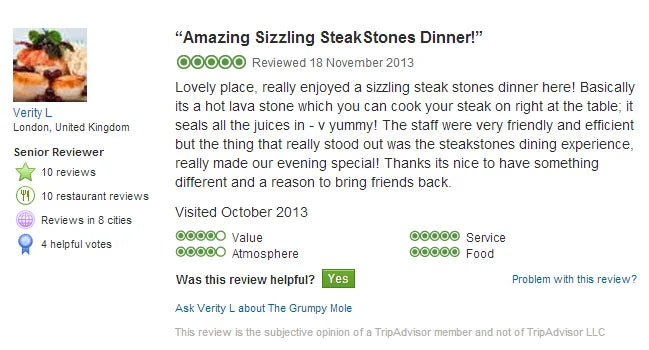EXPLORING THE SIZZLING DELIGHTS OF HOT STONE COOKING
The culinary landscape thrives on innovation and tradition, where ancient methods find relevance in modern kitchens. Among these time-honored techniques is hot stone cooking, particularly evident in the preparation of a classic dish, known as Steak on the Stone. The principle is straightforward and entails cooking steak on a preheated slab of natural stone and for hte best experience, honed Lava Stone. This method, often termed as SteakStones cooking, has gained popularity for its simplicity, flavor-enhancing characteristics, and interactive dining experience. Let’s delve into the benefits that make hot stone cooking an exceptional choice for steak aficionados.

Uniform Heating and Precise Control
Hot stone cooking provides an evenly heated surface, devoid of the hotspots commonly found in metal cookware. This ensures a uniform sear and allows the steak to cook consistently. Patrons can revel in the pleasure of steak prepared to their precise preference – a rarity in traditional cooking methods, where the control typically resides with the chef who may or may not share your impression of “doneness”.
Enhanced Flavor Profile
SteakStones reach high temperatures (typically 300c or 570f plus), allowing the meat’s surface to undergo the Maillard reaction efficiently – a chemical process responsible for the delightful crust and rich, robust flavor that steak enthusiasts cherish. Additionally, since the stone retains heat for an extended period, it continues cooking the steak gently, sealing in natural juices and delivering increased tenderness and depth of flavor.
Healthier Option
Cooking on hot stones requires minimal oil, making it a healthier alternative to methods that necessitate significant amounts of fat for flavor and non-stick purposes. By reducing oil or butter usage, diners benefit from a leaner meal with fewer calories, contributing to a wholesome diet without compromising taste.
Interactive Culinary Experience
SteakStones present an interactive dining experience. Guests engage directly with their meal, savoring the sizzle as they place their steak on the hot stone, and participating in the cooking process to their liking. This active role not only heightens the anticipation and personalizes the meal but also fosters a sense of occasion, transforming dining into a memorable event.
Simplified Clean-Up and Maintenance
The simplicity of hot stone surfaces means the post-meal cleanup is streamlined compared to traditional grills and pans. The natural stone, after cooling, typically requires a gentle scrub without the need for harsh chemicals, revealing another practical advantage of this cooking method.
Conclusion
Hot stone cooking, exemplified by steak on the stone, signifies a perfect marriage between the primal allure of cooking over the stone and the refined pleasure of steak preparation. Through precise heat control, enhanced flavors, health benefits, an interactive experience, and ease of maintenance, it is clear why gourmands and chefs alike continue to embrace the charm and effectiveness of hot stone cuisine. Whether in upscale dining establishments or intimate home gatherings, hot stone cooking stands as a testament to the timeless beauty of infusing simplicity with culinary excellence.


